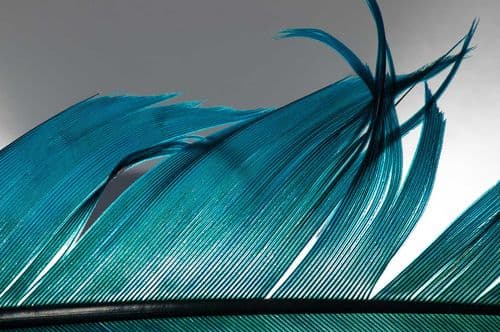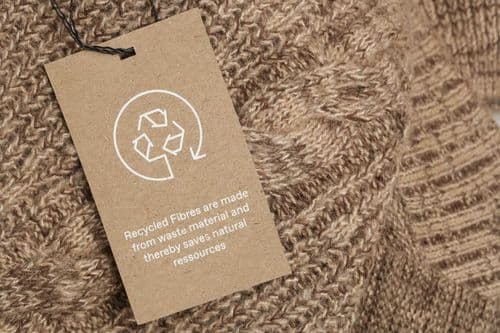Circular Design and Mono-Materials
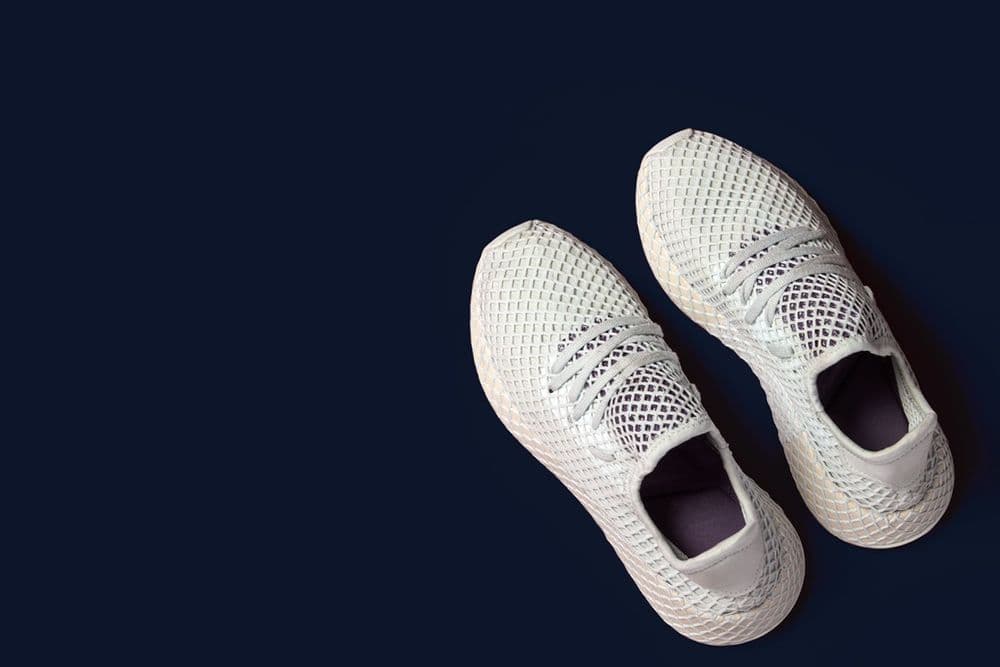
Trending of Mono-Materials
Adidas made history in 2019 by launching the first pair of running shoes made of 100% TPU (Thermoplastic Polyurethane) in the world. The sole, upper, and shoelaces were completely made of the same material without using adhesives or stitches, but forged with high heat and pressure. Mono-materials are also trending in the automotive industry and are featured at textile trade shows. In 2022, one of the luxury electric vehicle manufacturers, Polestar, showcased a vehicle interior made entirely of recyclable thermoplastic, including the foam, adhesive, 3D knitted fabrics, and non-woven lamination. This mono-material design represents a significant step towards circular design principles, which aim to minimize waste and maximize the use of sustainable materials.
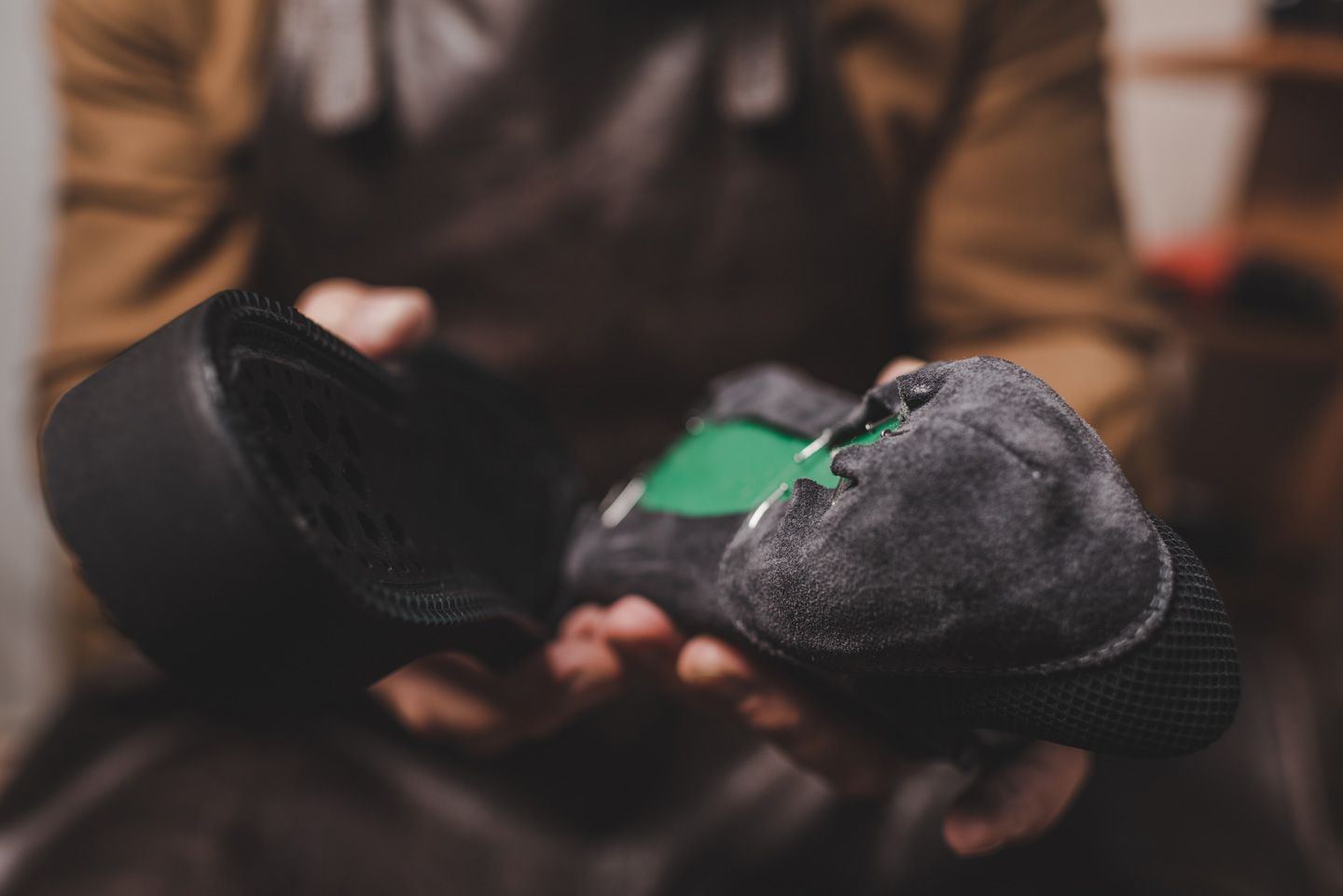
Challenges of Circular Design
Many companies are starting to integrate circular design into their business model, which plays an important role in the overall circular economy. This is because most products today follow a linear model - they are designed, manufactured, used, and then discarded. To tackle the root of the problem, we must tackle the design stage. Companies embracing circular design using mono-materials share the same goal: to reduce waste and ensure a sustainable stream of raw materials for future business.
Designing with mono-material at heart means the end product doesn’t need to be disassembled, enabling a direct passage to reach the recycling system and reducing the proportion of impurities. Despite being widely suggested as a perfect solution, recycling is not without its flaws. The mechanical and chemical recycling processes often result in the presence of impurities, which are not uncommon. Then, why not simply use mono-materials in product manufacturing? This is a very good question. The truth is, in order to maintain the physical property of a product, we still need an array of materials in manufacturing to utilize its full potential. We have long ways to go until mono-materials become the new norm, just like how Adidas has yet to perfect the material stability and comfort of its FUTURECRAFT.LOOP sneakers.
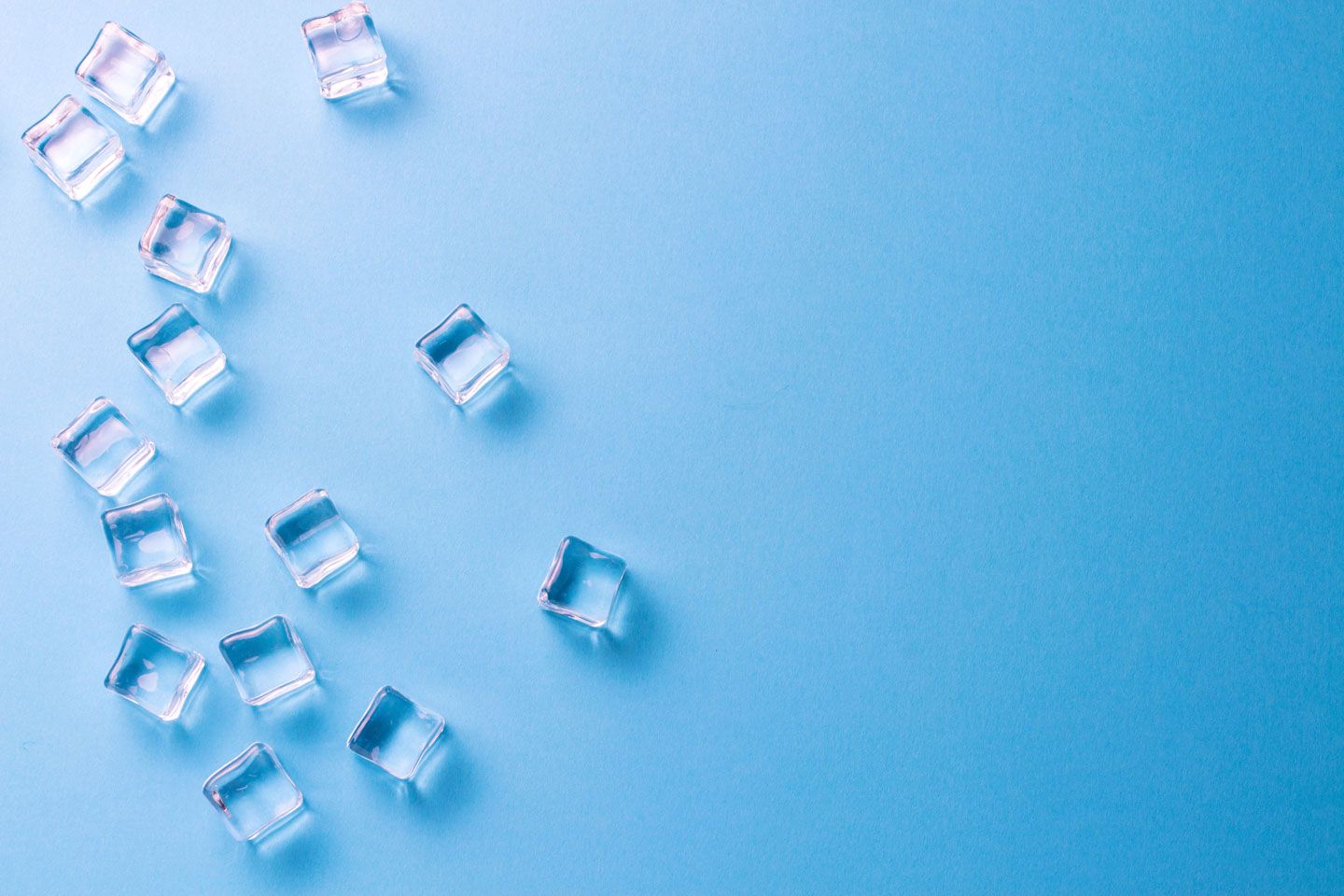
Farewell to Multi-material Design. Hello to Mono-Materials
When it comes to bottle-to-textile recycling and textile-to-textile recycling, PET polyester has been used the longest. In fact, jerseys worn by World Cup athletes today are made from recycled PET bottles. It won’t be long until they’re made from post-consumer recycled textiles. The main challenge lies in incorporating other materials, such as polyurethane fibers, to increase the elasticity of the textile. However, this can make recycling difficult and increase the demand for energy and labor. At Ri-Thai, we recognize the necessity of meeting product functional requirements. Therefore, we have been exploring alternative materials like Thermoplastic Polyester Elastomer (TPEE) to address these challenges. These yarns possess elasticity and rebound resilience and are part of the same family as PET, making them easier and more efficient to recycle. In the application of bi-component monofilament yarns, we utilize their structural principles to produce a monofilament by using polymers that have different melting points but are made of similar materials. Another option is to use PET fusible monofilaments with low melting points to shape the textile product directly at high temperatures while bonding the fabric without requiring adhesives for hetero-materials. These methods prioritize the use of mono-materials, promoting a more sustainable solution that enables easier recycling.
Retain to Sustain (RTS) is an initiative launched by Ri-Thai with a mission to curb resource consumption and environmental impact while advancing the circular economy. Investing in R&D and adhering to the “Reduce, Reuse, and Recycle” principle has enabled us to advance innovative and low-carbon solutions that foster textile circularity and assist a wide range of industries in achieving their sustainability goals. We hope to inspire partners to consider using circular design and mono-materials to drive positive change for our community and our planet. If you would like to be the driving force of change, please join us in this exciting adventure.
For more information, contact us at info@retain2sustain.com
Keywords: Mono-material, multi-material, circular design
